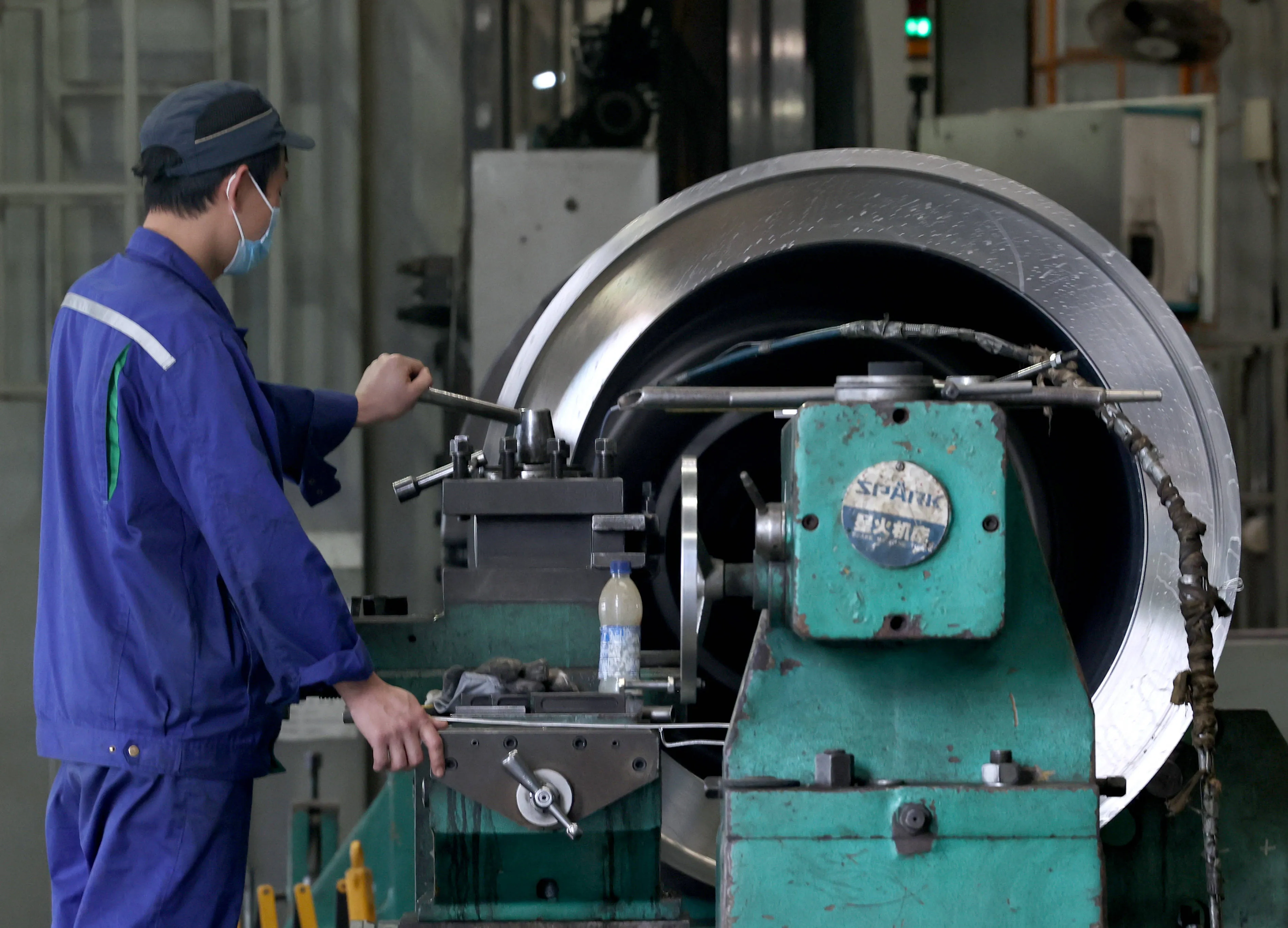 export@ezsteelpipe.com
export@ezsteelpipe.com +86 731 8870 6116
+86 731 8870 6116

Hydrostatic testing is a critical quality control procedure for line steel pipes, and it is typically performed on each pipe for the following reasons:

- The test verifies that the pipe can withstand the design pressure without leaking or bursting.
- It detects weak points, such as material defects, welding flaws, or cracks, that could fail under pressure.
- Many industry standards (e.g., API 5L, ASTM, ISO 3183) and government regulations require hydrostatic testing for pipelines transporting oil, gas, or water.
- A failure in a high-pressure pipeline could lead to catastrophic accidents, environmental damage, or loss of life.
- The test involves filling the pipe with water (or another incompressible fluid) and pressurizing it to 1.5 times the maximum operating pressure (or as per applicable standards).
- Any drop in pressure indicates a leak or defect that needs repair before use.
- Pipes may have hidden manufacturing defects (e.g., micro-cracks, porosity, weak welds).
- Hydrostatic testing ensures that only defect-free pipes are installed, reducing maintenance costs and downtime.
- Buyers (e.g., oil & gas companies) often require mill test reports (MTRs) proving each pipe was tested.
- Regulatory bodies (e.g., DOT, ASME, API) mandate such tests for pipeline certification.
- Some pipes may undergo non-destructive testing (NDT) like ultrasonic or radiographic testing instead, but hydrostatic testing remains the most reliable for pressure integrity.
- Small-diameter or low-pressure pipes might have sampling tests, but critical pipelines require 100% testing.
Hydrostatic testing is a non-negotiable step to ensure safety, reliability, and compliance in pipeline systems. Skipping it risks failures, leaks, and regulatory penalties.

 Related Products
Related Products